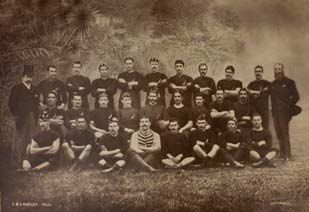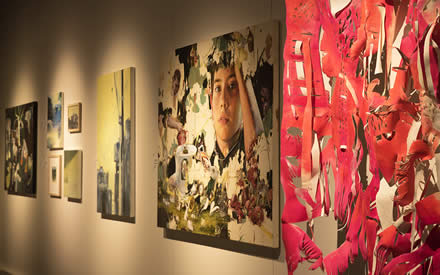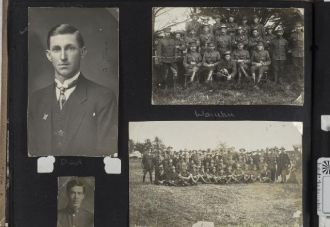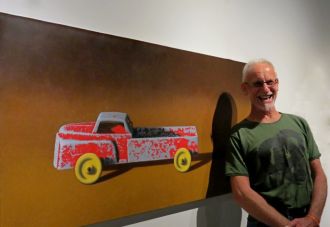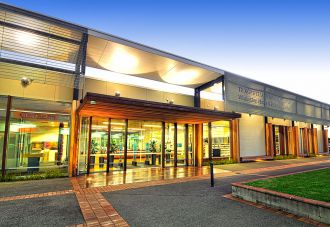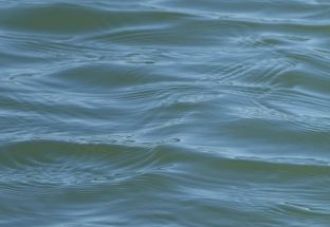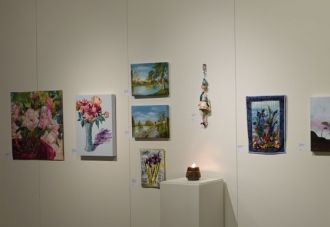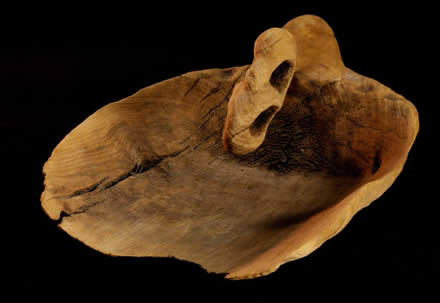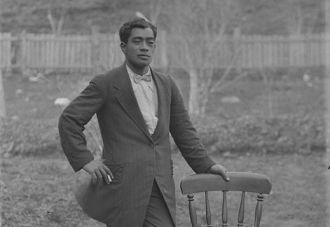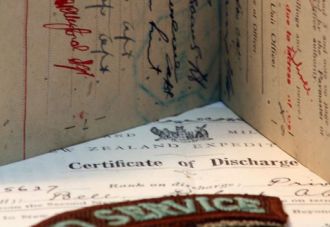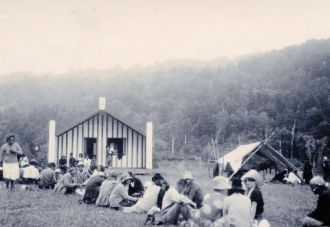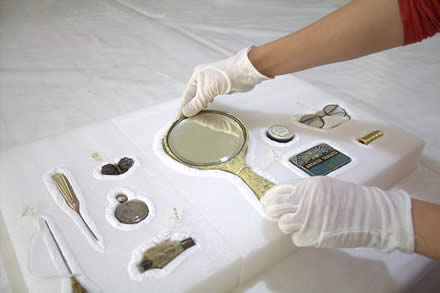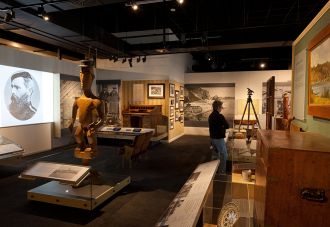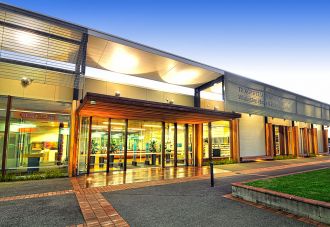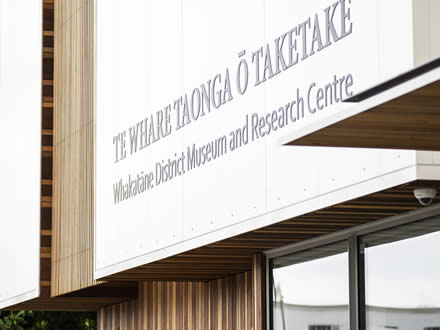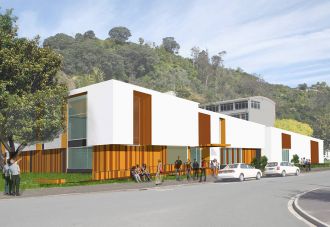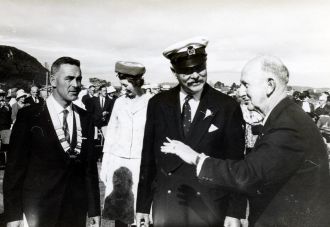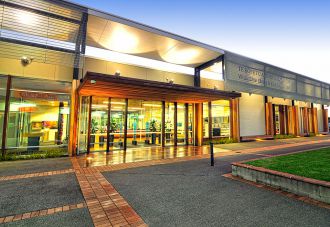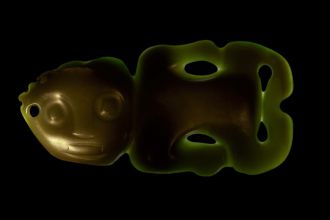
The Whakatāne District Museum’s origins date back to 1933, when the Bay of Plenty Māori and Historical Research Society began collecting information about local pā sites and started the nucleus of a museum collection. In 1952, the Whakatāne & District Historical Society was formed “to revive amongst the younger Māori generation an interest in the arts and crafts of their ancestors and amongst the younger Pakeha generation, an appreciation of the achievements of the early pioneer settlers”.
After a successful fundraising campaign, the Society built and opened the Whakatāne District Museum in Boon Street in 1972. The Museum operations came under Council stewardship in 1978, with continued support from the Historical Society. A building extension in 1991 added a gallery, reading room and storage space, but over the years, ongoing community support has seen the collection fill the facility to capacity.
Today, the Council’s dedicated Museum and Arts team provides a public research service and access to the collection at the Whakatāne Museum and Research Centre. They also deliver inspiring exhibitions and public programmes at Te Kōputu a te whanga a Toi, which underpin the District's arts and heritage experience.
The collection – taonga of world standing
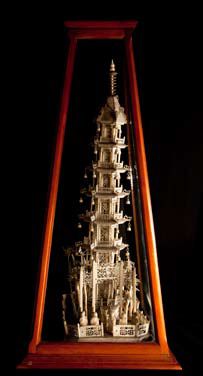
The Museum collection encompasses taonga Māori, textiles, photography, ethnology, social history, community archives, the natural environment, fine arts and rare books. It holds over 600,000 photographs, 100,000 objects, 650 files of community archives and 10,000 books. Largely drawn from the Eastern Bay of Plenty, the collection had an assessed value of close to $10 million in 2013.
The Taonga Māori collection holds items of significance from Ngāti Awa, Ngāi Tūhoe, Ngāti Tuwharetoa, Ngāti Rangitīhī and Te Whakatōhea. It includes the Te Kōhika Collection, comprising prehistoric archaeological material of national and international importance from one of NZ’s most important swamp excavations.
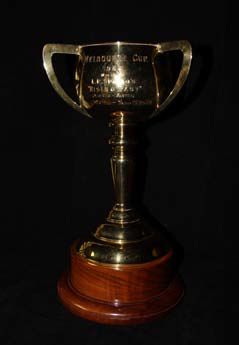 The collection also includes: a tripot with whakapapa to Captain James Cook; a hatchet belonging to the chief Titokowaru, dating from the New Zealand land wars; a sword that belonged to Von Tempsky; a collection of early daguerreotype and ambrotype photographs; a rare Resolution and Adventure medal from Cook’s second voyage; the Melbourne Cup, Caulfield Cup and Cox Plate won by Rising Fast in 1954; Te Hau O Puanu, a wharenui carved by Te Whenuanui; a hieke (rain cape) gifted to Elsdon Best; and a tauihu (the prow of a canoe) and korupe (door lintel) that travelled to New York as part of the Te Maori exhibition in1984.
The collection also includes: a tripot with whakapapa to Captain James Cook; a hatchet belonging to the chief Titokowaru, dating from the New Zealand land wars; a sword that belonged to Von Tempsky; a collection of early daguerreotype and ambrotype photographs; a rare Resolution and Adventure medal from Cook’s second voyage; the Melbourne Cup, Caulfield Cup and Cox Plate won by Rising Fast in 1954; Te Hau O Puanu, a wharenui carved by Te Whenuanui; a hieke (rain cape) gifted to Elsdon Best; and a tauihu (the prow of a canoe) and korupe (door lintel) that travelled to New York as part of the Te Maori exhibition in1984.
The collection continues to grow, highlighting the regard the community holds for the Museum as the guardian of its treasured heritage.
